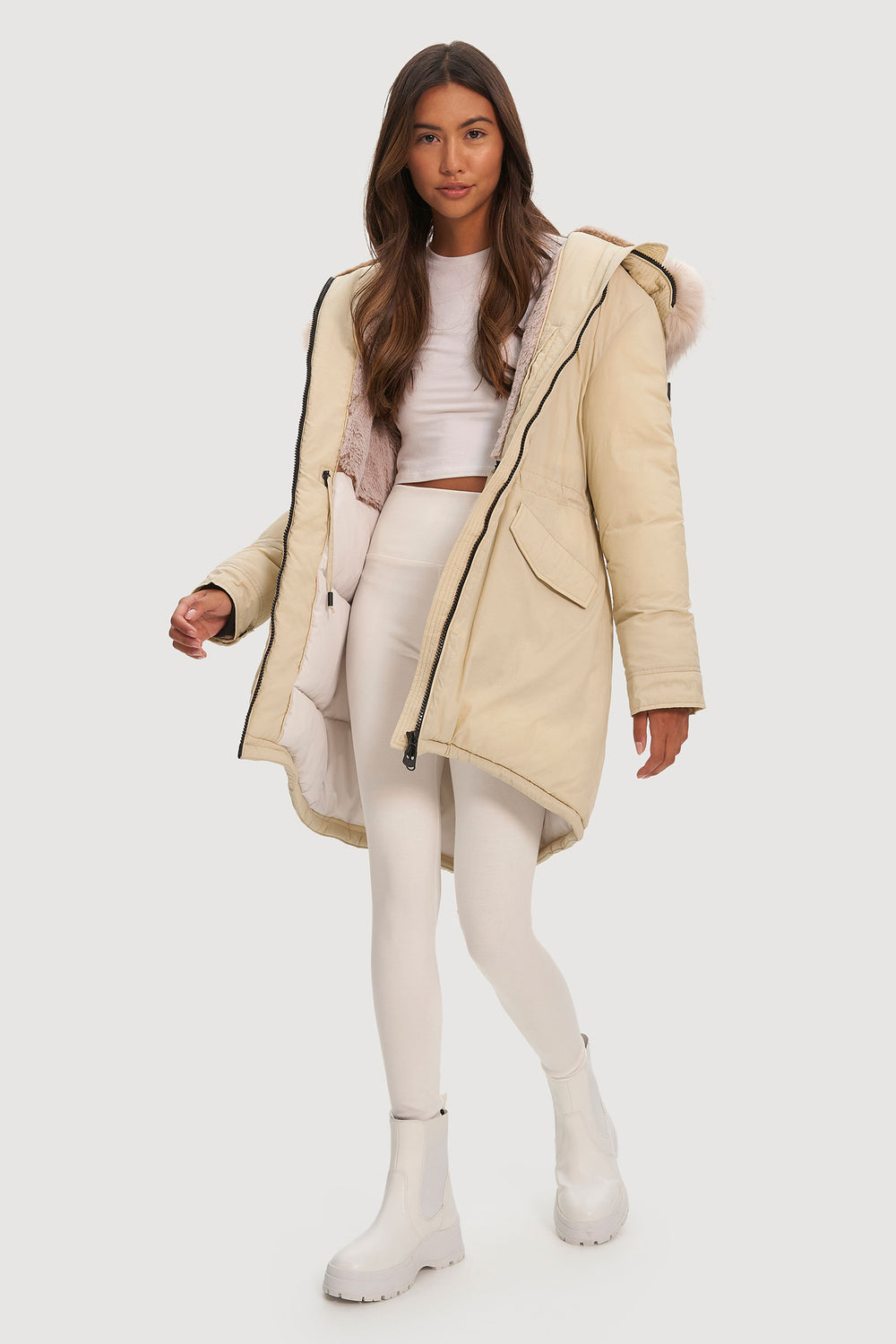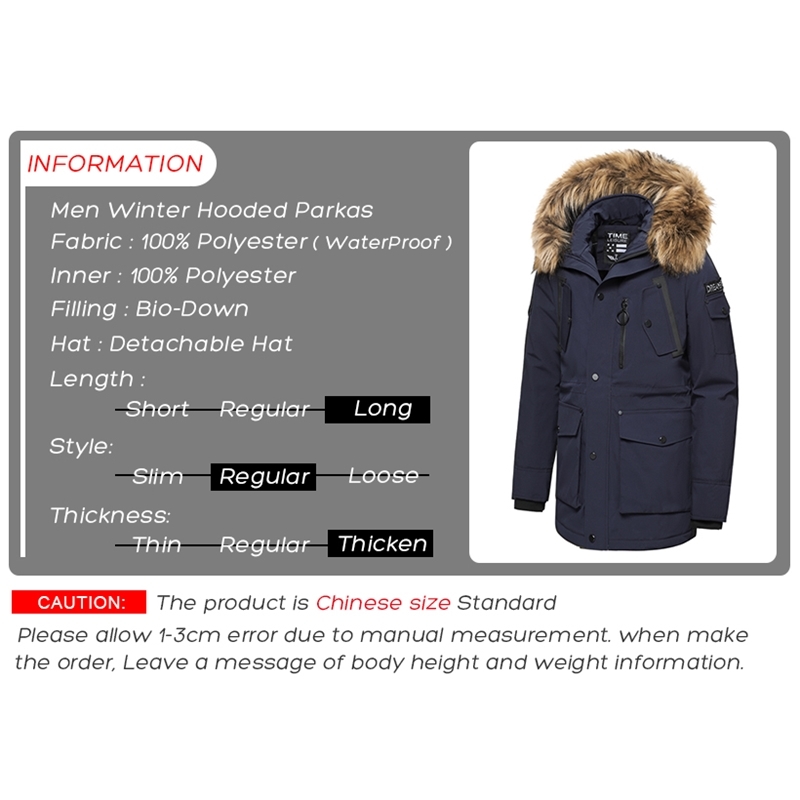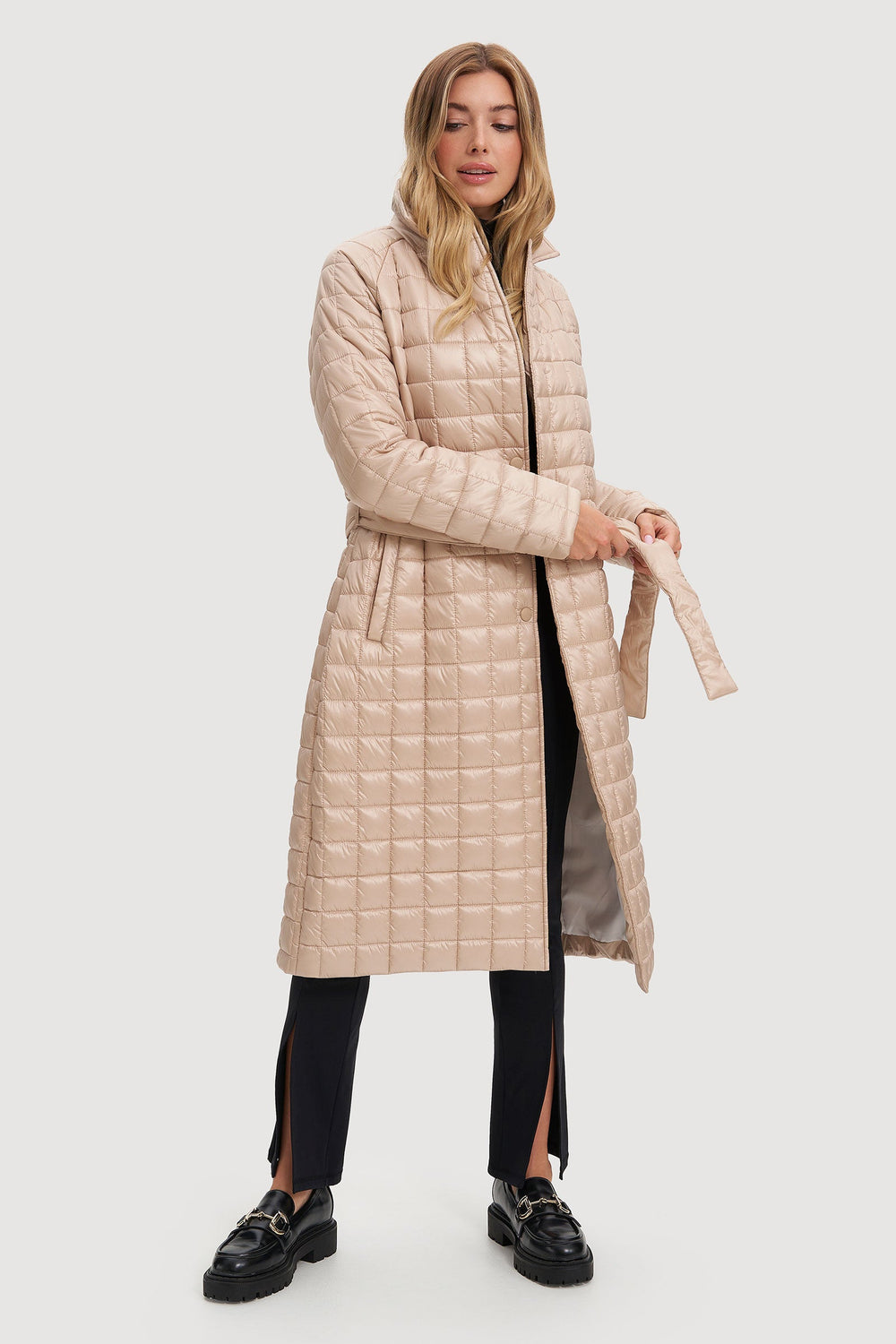Feather Coats and Cotton Coats: A Comparative Analysis
This article presents a comparative analysis of feather coats and cotton coats. It explores the historical background of both types of coats, their current market status, and the different styles and varieties available. The article also highlights the material composition, texture, and wearability of both coats, as well as their advantages and disadvantages. Additionally, it compares the prices of feather coats and cotton coats and discusses the main factors that influence their price. Finally, the article concludes with a summary of the key findings of the comparison and a brief overview of the related market trends.
In the realm of winter clothing, two of the most common and effective options for keeping warm are feather coats and cotton coats. While both types of coats provide exceptional levels of warmth, there are distinct differences between them in terms of their construction, insulation properties, and aesthetic appeal.
A feather coat, as the name suggests, is a coat that is filled with the feathers of birds, typically ducks or geese. These coats are known for their light weight and excellent insulation properties. Feather coats are highly compressible, meaning they can be easily folded or compressed into a smaller space without compromising their insulating ability. This makes them ideal for individuals who need to stay warm in colder environments but also value mobility and ease of travel.

On the other hand, a cotton coat is made from the popular cotton fabric and is usually filled with synthetic materials such as polyester or down alternative fills. Cotton coats are known for their durability and their ability to wic away moisture, making them a good choice for individuals who live in damp or wet environments. The fills used in cotton coats provide excellent warmth without weighing the coat down, making them a good balance between warmth and portability.
Both feather and cotton coats come in a variety of styles and colors, catering to different tastes and preferences. Feather coats tend to have a more luxurious and expensive look, often used for formal occasions or special events. Cotton coats, on the other hand, are more affordable and come in a wider range of styles and colors, making them more versatile for daily wear.

When it comes to cleaning, both types of coats require special care. Feather coats should be dry-cleaned to maintain their quality and appearance, while cotton coats can be machine-washed using a gentle cycle. It is important to follow the cleaning instructions provided by the manufacturer to ensure the longevity of the coat.
Overall, the choice between a feather coat and a cotton coat depends on an individual's specific needs and preferences. Both types of coats provide exceptional levels of warmth and are effective at keeping out the cold, but their construction, insulation properties, and aesthetic appeal set them apart. Consideration should be given to the wearer's lifestyle, budget, and personal taste when making a selection.

Articles related to the knowledge points of this article:
Russian Down Jackets: A Fashionable and Practical Choice for Winter
Title: Mastering the Art of Tie Tying: A Quick Guide to Tie Knots
The Ultimate Guide to Buying a Down Jacket
Title: How Long Should a Tie Be? The Ultimate Guide to Tie Lengths



